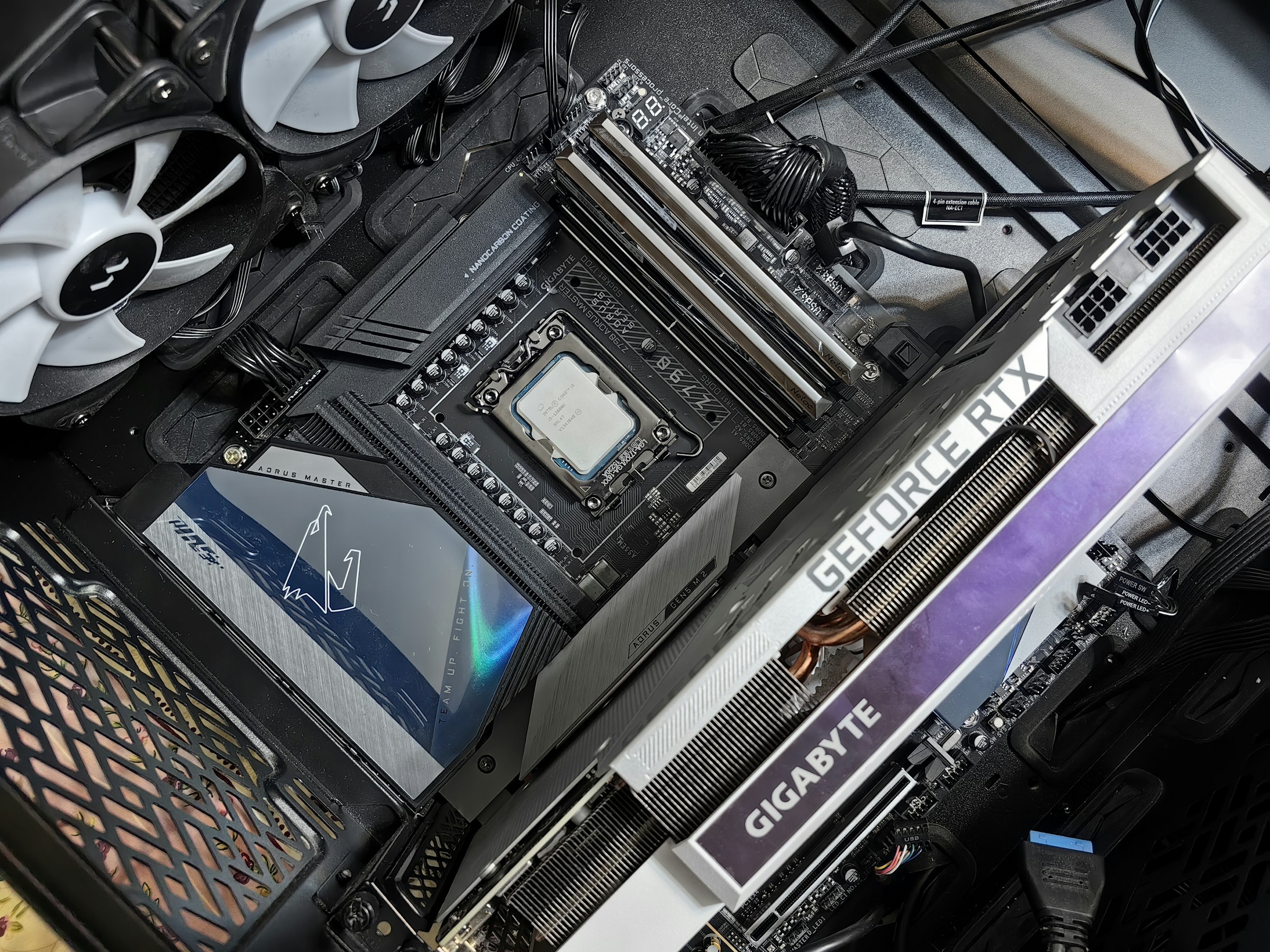How do you configure an Intel NUC 10 for use as a Plex Media Server for 4K streaming?

Configuring an Intel NUC 10 as a Plex Media Server is a fantastic way to streamline your media experience, especially for 4K streaming. This guide will provide you with comprehensive instructions and insights to set up your Intel NUC for Plex Media Server, ensuring you join the league of seamless media streaming enthusiasts.
Understanding the Intel NUC 10 for Plex Media Server
To begin, you must grasp why the Intel NUC 10 is an excellent choice for your Plex Media Server. The Intel NUC (Next Unit of Computing) is a small, powerful mini-PC that offers robust performance in a compact form. Paired with Plex, it becomes a powerhouse for streaming and managing your media library.
A lire en complément : How can you optimize the cooling performance of a NZXT H510 Elite case for heavy gaming use?
The Intel NUC 10 comes equipped with various configurations, but one with a decent amount of RAM, storage, and an Intel® Core™ i5 or i7 processor will serve your needs well. This setup will ensure that your server can handle 4K streaming effortlessly.
Plex Media Server is a software application that organizes your media and allows you to stream it to multiple devices. By using an Intel NUC 10, you leverage its hardware acceleration capabilities for smoother playback and efficient hardware transcoding.
A découvrir également : What are the steps to set up a dual-monitor workspace for graphic design on a MacBook Air M1?
Hardware and Software Requirements
Before diving into the configuration process, you need to gather some essential hardware and software components.
Hardware Requirements
- Intel NUC 10: Ensure you have a model with at least an Intel Core i5 processor.
- RAM: A minimum of 8GB RAM is recommended, but 16GB would be ideal for optimal performance.
- Storage: A solid-state drive (SSD) of at least 256GB for the OS and applications, plus additional storage for your media library.
- NVIDIA GPU: While the Intel NUC handles transcoding well, adding an external NVIDIA GPU like the GTX 1050 Ti can significantly improve performance.
- Network: A stable and fast Ethernet connection is preferable over Wi-Fi for better streaming experience.
- Backup Drive: An external or network-attached storage (NAS) for media backups and additional storage.
Software Requirements
- Operating System: Windows 10, Linux, or FreeNAS.
- Plex Media Server: Download the latest version from the official Plex website.
- Plex Pass: Optional but recommended for features like hardware transcoding and enhanced media library management.
- NVIDIA Shield Pro: Optional but provides excellent Plex client capabilities and can act as a secondary server.
Setting Up the Intel NUC 10
Installing the Operating System
First, install the operating system of your choice on the Intel NUC 10. Windows 10 is user-friendly, but Linux or FreeNAS can offer more customization and performance tweaks.
- Boot from USB: Create a bootable USB drive with your chosen OS.
- BIOS Settings: Enter the BIOS by pressing the F2 key during boot and configure the boot order to prioritize the USB drive.
- Installation: Follow the on-screen instructions to install the OS. Ensure you partition your SSD correctly, leaving enough space for the OS and additional applications.
Installing and Configuring Plex Media Server
Once your OS is installed, you can proceed with setting up the Plex Media Server.
- Download Plex: Visit the Plex website, download the installer for your OS, and run it.
- Initial Setup: Launch Plex, create or log in to your Plex account, and follow the setup wizard.
- Library Creation: Add folders containing your media files. Plex will scan these directories to build your media library.
- Configure Transcoding Settings: Access the server settings and navigate to the Transcoder tab. Enable hardware acceleration for smoother playback and efficient hardware transcoding.
Enhancing Performance with NVIDIA GPU
For those wanting to push the performance envelope, adding an external NVIDIA GPU can be a game-changer.
- Install GPU Drivers: Ensure your OS recognizes the external GPU and install the necessary drivers from the NVIDIA website.
- Configure Plex: In the Plex settings, enable hardware acceleration and select the NVIDIA GPU for transcoding tasks.
Managing and Accessing Your Media Library
Organizing Your Media
A well-organized media library is crucial for a seamless Plex experience. Here’s how to manage your media library effectively:
- Folder Structure: Create a logical folder structure for movies, TV shows, music, and photos.
- File Naming: Follow Plex’s naming conventions to help the software correctly identify and categorize your media.
- Metadata Management: Use Plex’s built-in metadata scrapers to fetch cover art, descriptions, and other relevant details for your media files.
Accessing and Streaming Your Media
With your Plex Media Server running smoothly on the Intel NUC 10, it’s time to enjoy your media collection.
- Plex Clients: Install Plex apps on your devices such as smartphones, tablets, smart TVs, and streaming devices like the NVIDIA Shield Pro.
- Remote Access: Enable remote access in Plex settings to stream your media from anywhere with an internet connection.
- User Management: Create user profiles for family members, granting them personalized access to the media library.
Advanced Features with Plex Pass
While Plex is free to use, investing in a Plex Pass unlocks advanced features that can enhance your media experience:
- Hardware Transcoding: More efficient transcoding using your Intel NUC’s capabilities.
- Mobile Sync: Download media for offline viewing on mobile devices.
- Parental Controls: Manage viewing permissions for different user profiles.
- Live TV and DVR: Watch and record live TV with a compatible tuner and antenna.
Troubleshooting and Maintenance
To ensure your Plex Media Server continues to function optimally, regular maintenance and troubleshooting are necessary.
Common Issues and Solutions
- Buffering and Playback Issues: This can often be resolved by adjusting transcoding settings and ensuring a stable network connection.
- Metadata Errors: If Plex misidentifies a file, manually edit the metadata or rename the file according to Plex’s guidelines.
- Server Crashes: Regularly update your OS and Plex to the latest versions to avoid compatibility issues.
Regular Maintenance
- Update Software: Keep your OS, Plex, and any associated software up to date.
- Backup Your Media: Regularly back up your media library to an external drive or NAS to prevent data loss.
- Monitor Performance: Use monitoring tools to check the system’s performance and address any bottlenecks.
By following this guide, you will successfully configure an Intel NUC 10 for use as a Plex Media Server capable of 4K streaming. This setup combines powerful hardware with efficient software to deliver an unparalleled media experience. Whether you’re streaming to a single TV or multiple devices, this configuration will ensure smooth playback, quick transcoding, and easy access to your media library.
In conclusion, the Intel NUC 10, when properly configured, becomes a robust and efficient Plex Media Server. You’ll enjoy seamless 4K streaming, efficient hardware transcoding, and a well-organized media library accessible from anywhere. Equip yourself with the right hardware, follow the setup instructions meticulously, and enhance your experience with advanced features through a Plex Pass. Happy streaming!
